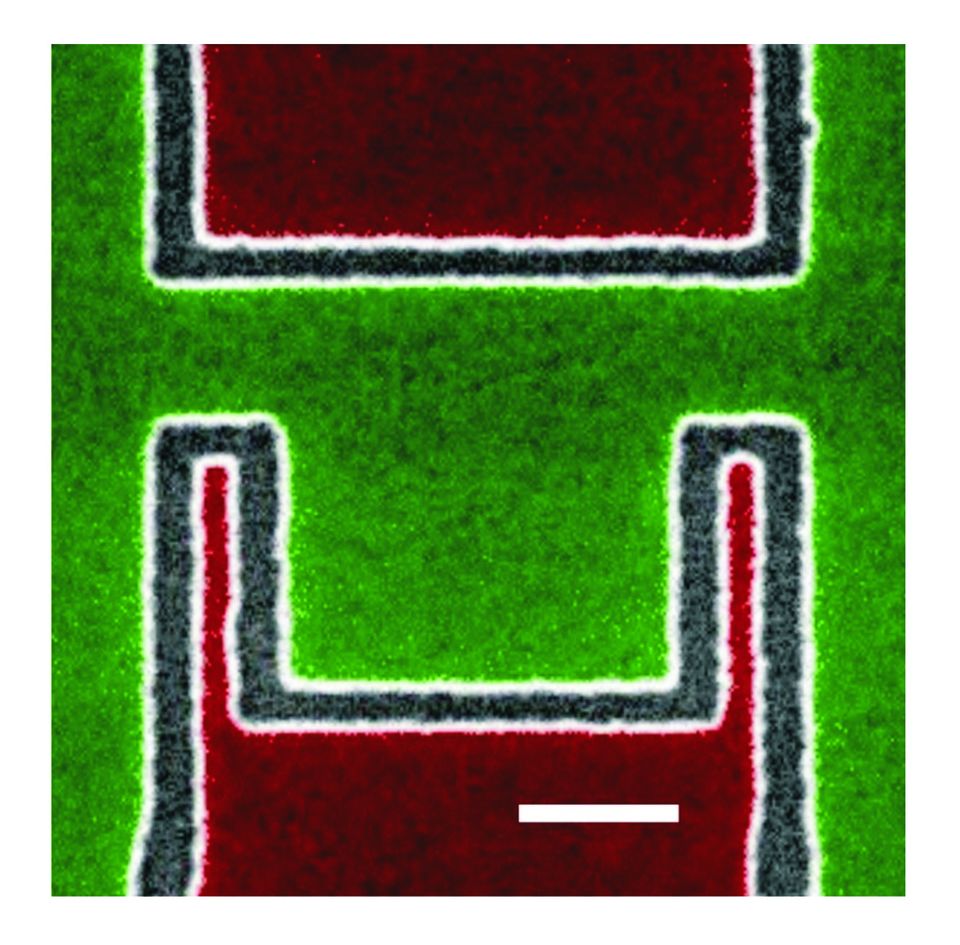 There’s nothing worse than a pool table with an unseen groove or bump that sends your shot off course: a new study has found that the same goes at the nano-scale, where the “billiard balls” are tiny electrons moving across a “table” made of the semiconductor gallium arsenide.
There’s nothing worse than a pool table with an unseen groove or bump that sends your shot off course: a new study has found that the same goes at the nano-scale, where the “billiard balls” are tiny electrons moving across a “table” made of the semiconductor gallium arsenide.
In a research paper titled “The Impact of Small-Angle Scattering on Ballistic Transport in Quantum Dots”, an international team of physicists led by researchers at the University of New South Wales School of Physics has shown that in this game of “semiconductor billiards”, small bumps have an unexpectedly large effect on the paths that electrons follow.
Using a new billiard design developed during PhD work at UNSW by lead author Dr. Andrew See, the silicon dopants are removed, eliminating the associated warping, and enabling the electron paths to stay the same each time they cool the device down for study.






